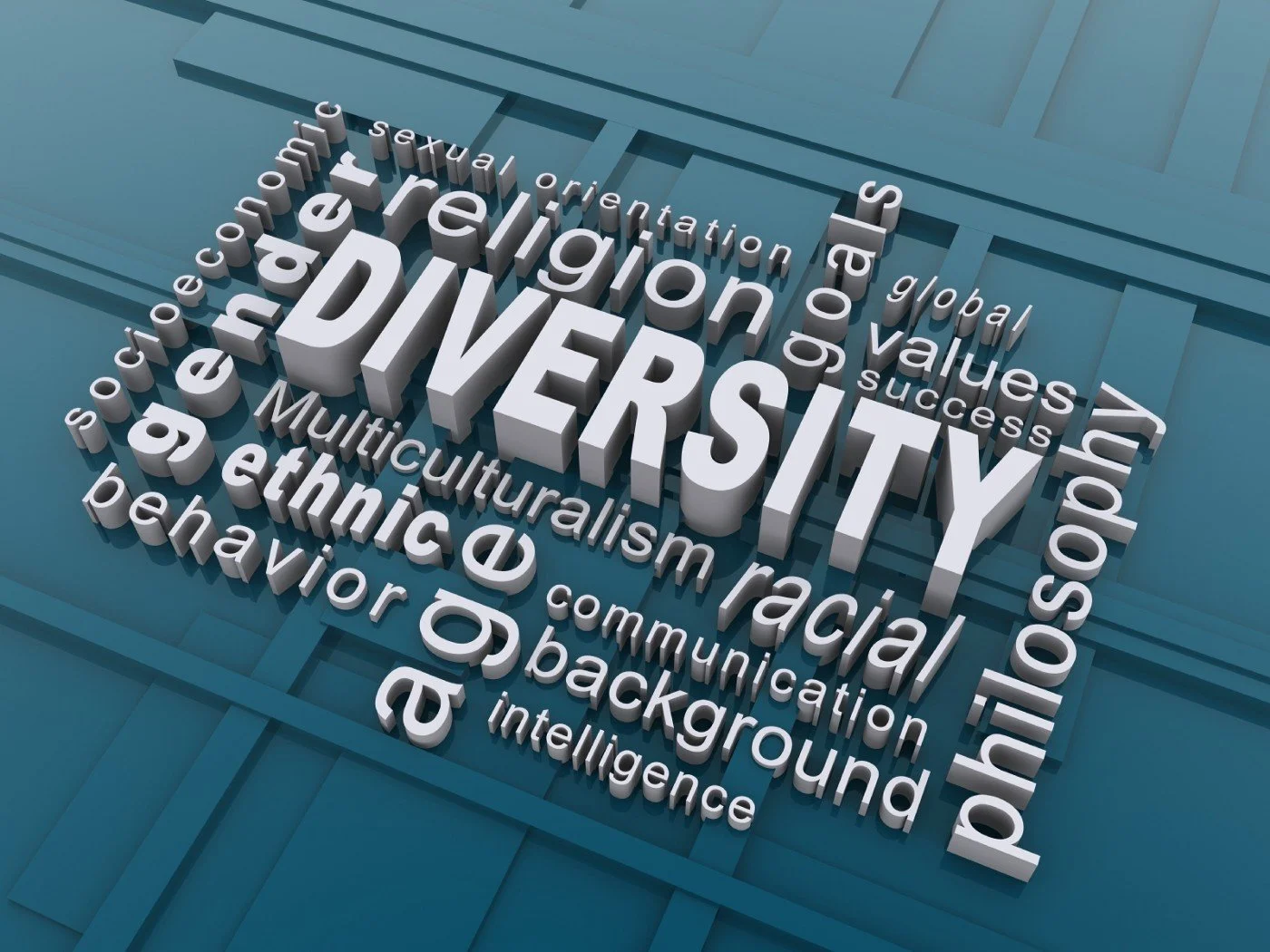Yesterday, SAP, one of the world’s largest software companies, announced that it intends to build technology to tackle the issue of unconscious bias in the workforce. This manifests in many forms but starting with a focus on gender, they plan to introduce text mining and machine learning to help companies review job descriptions, performance reviews and similar ‘people processes’ for potential bias — and suggest changes to directly impact equality in the workplace.
Tech reducing unconscious bias: That’s a whole new way to target workplace inequity.
The tech community is already starting to find ways to counter the diversity challenge. Companies such as Power to Fly and Entelo are collecting information on social networks to find and target diverse candidates. Gmail plugins such as Cyrus Innovation’s JustNotSorry help people communicate with more confidence and be more conscious of undermining text in their emails (190,000 users and counting). Text.io aims at removing unconscious gender bias from job posting verbiage.
But companies like SAP have the power to significantly escalate the speed at which tech can impact this problem. A mind blowing 74% of the world’s revenue touches an SAP system. That’s a lot of people using their software: Which means a lot of people would be impacted and a lot of gender bias potentially corrected.
When trying to fix a problem, the starting point for any company is an analysis of their current position. The goal is to use analytics and reports to identify and track where biases exist in talent acquisition and management processes (recruiting, compensation, succession planning, etc) coupled with guidance on actions to take to address those biases.
That’s the really important part: ACTIONS. Many companies have made great strides in creating the right measures to illustrate where problems exist, such as women leaving their organisation at certain levels due to child care costs or responsibilities — or pointing to the lack of women in the talent pipeline.
The percentage of women in positions of leadership definitely doesn’t mirror the percentage of women in the workforce in most countries. In fact in some industries or jobs, particularly those in STEM, the numbers are going backwards. So whilst collecting and sharing data on diversity is very powerful, knowing about a problem clearly doesn’t necessarily result in creating and executing a solution.
One reason why fixing the gender bias issue is so challenging is the extent to which this bias is unintentional. Think of Just Not Sorry and Text.io as mirrors, placed squarely in front of those people who need to be made aware of their behavior every time it needs correcting.
Imagine a world where technology influences recruitment and decision making around talent and who gets hired. What if we used tech to mitigate gender bias in that process? Software is the tool HR uses to manage the workforce — and the tool the workforce use to manage their day jobs and how they interact with people. Making that tool conscious of favoritism, aware of language that repels women and able to influence who gets hired and promoted based on merit and performance (as opposed to bias)…. That is an example of how HR software can truly make the world a better, more efficient place.
Why? Because research shows that enabling women in the workforce to fully contribute results in increased revenue and increased innovation.
This is just the sort of programming that pioneering females such as Ada Lovelace (oft referred to as the first female programmer), Margaret Hamilton (the engineer who put Apollo on the Moon), and Grace Hopper (a US Navy computer scientist born in 1906 to whom the term ‘computer bug’ can be attributed) would be proud of: It addresses real inefficiencies with massive impact.
A company and its employees can have the best intentions, products and strategy in the world but if it doesn’t enable them with tech and data, it will ultimately fail. Tech cannot solve the world’s behavioral issues but sustainable, long term investment to help push this agenda forward is visionary — and SAPs intention to optimise the working environment and address the issue of unconscious bias head on will surely shift the needle in to create more inclusive and diverse workforces.



